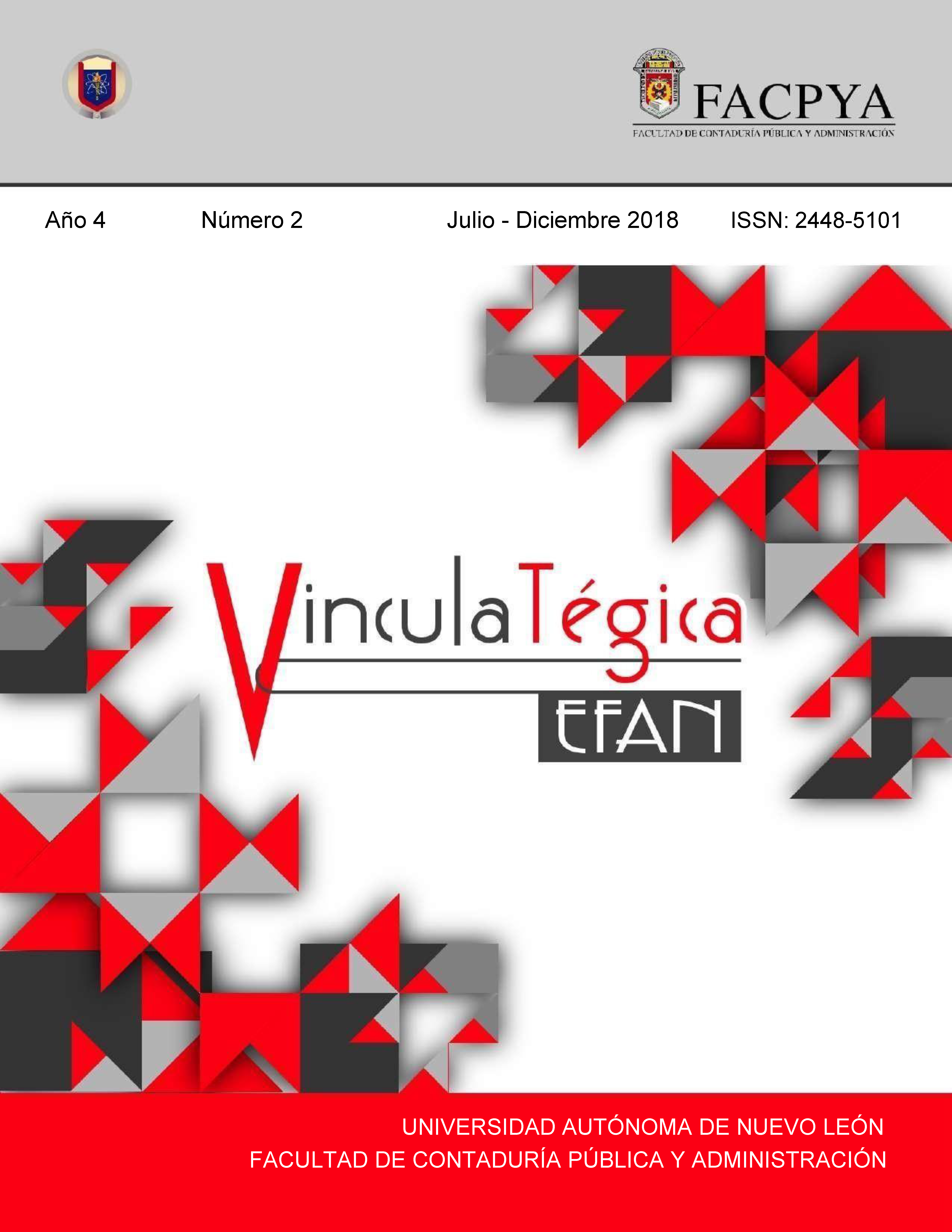Tendencias laborales y demanda de los profesionistas del área económico-administrativa en el municipio de Nogales, Sonora
DOI:
https://doi.org/10.29105/vtga4.1-907Keywords:
demanda, sector económico, licenciaturasAbstract
Within the substantive functions that the Universities have is to train integral professionals who are integrated into the economic sector so that they can contribute to the development of their social environment; Therefore, the universities have the task of carrying out studies on the relevance of the educational offer that meets the needs of the productive sectors and offer educational programs that allow the proper insertion of graduated professionals. On the other hand, organizations are working towards a future that is totally diverse, changing, demanding and eager to receive young people who sustain the essential competencies that organizations of the future will demand, in order to maintain a competitive market. This research will explore the feasibility of offering different bachelor’s degrees from the economic administrative area for the municipality of Nogales, Sonora, to have professionals who contribute their skills and abilities to support the economic development of the region.
Downloads
References
Censos Económicos 2014. INEGI, Edición impresa, 2016.
Camargo Mireles, Francisco F. “La Universidad de Sonora: enlace holístico entre Sonora y Arizona”. Revista Horizontes. Editado por el Comité de Educación de la Comisión Sonora-Arizona.
Governor’s CANAMEX Task Force (http://www.canamex.org/Pa- ges/STATS.htm).
Gobierno Municipal de Nogales (http:// www.municipiodenogales. org)
Panorama de la Educación 2017 (OCDE). Edició impresa 2017.
Plan de Desarrollo Institucional 2013-2017 (2016). Universidad de Sonora, Hermosillo, Sonora.
Saba, R. “Sonora-Arizona y Ecuador-Perú, dos fronteras, una intención”. Revista Horizontes. Editado por el Comité de Educación de la Comisión Sonora-Arizona.
Downloads
Published
How to Cite
Issue
Section
License

This work is licensed under a Creative Commons Attribution 4.0 International License.
a). Authors keep copyright and give the journal the right of the first publication of the work under a Creative Commons attribution license. This license allows others to share the work as long as original authorship and initial publication in this journal is acknowledged.
b). Authors may make other independent and additional contractual agreements for the non-exclusive distribution of the version of the article published in this journal (e.g., include it in an institutional repository or publish it in a book) as long as they clearly indicate that the work was published for the first time in this journal.







